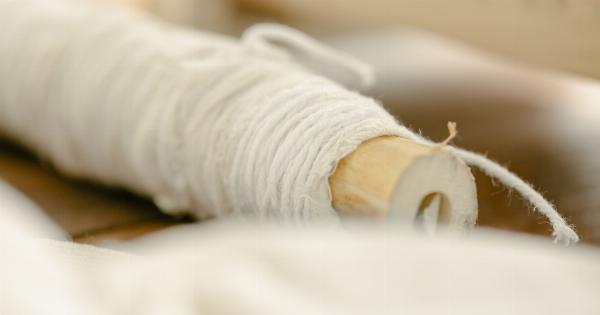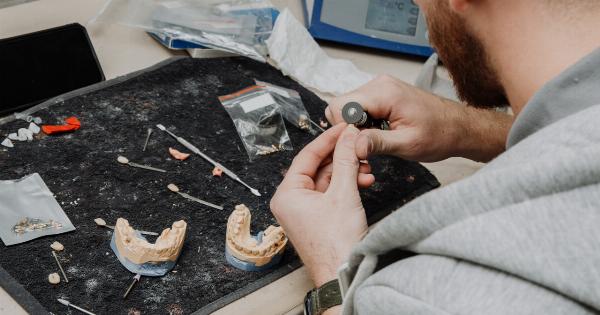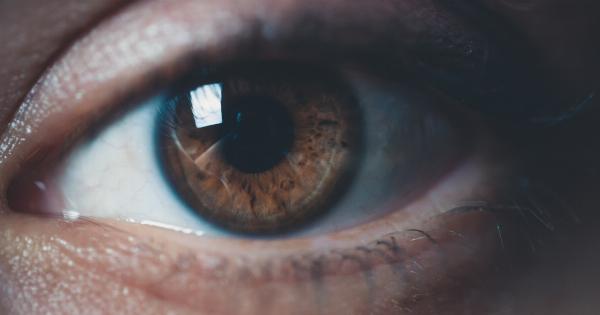According to the World Health Organization (WHO), about 1.3 billion people worldwide live with some form of visual impairment, with the majority being preventable or treatable.
Visual impairment affects not only a person’s ability to see but also their quality of life. It can hinder education, work, and social interactions. Luckily, advancements in technology and medicine have led to new solutions for vision restoration. One such solution is fibergiving.
What is Fibergiving?
Fibergiving is a new technology that uses a thin fiber-optic thread to help restore vision in people with specific eye conditions.
The thread is inserted into the eye through a tiny incision in the cornea and then connected to a computer monitor that projects images onto the thread. The brain then interprets the images, allowing the person to see.
How Does Fibergiving Work?
The fibergiving process begins with a comprehensive eye exam to determine if the person is a good candidate for the procedure. If they are, the surgeon will create a small incision in the cornea and then insert the thin fiber-optic thread into the eye.
The thread is then carefully positioned so that it passes through the visual axis. Once the thread is in place, the surgeon will connect it to a computer monitor that displays images. The person will then work with an optometrist to learn how to interpret the images so that they can navigate the world around them.
Who Can Benefit from Fibergiving?
Fibergiving can help people with a range of eye conditions, including age-related macular degeneration, retinitis pigmentosa, and glaucoma.
The technology is particularly useful for people who have lost their central vision but still have some peripheral vision. It allows them to continue to navigate their environment and recognize faces, both of which can significantly impact their quality of life.
What Are the Benefits of Fibergiving?
There are several benefits to fibergiving. First and foremost, it can help restore a person’s vision and improve their quality of life. It can allow them to continue to work and engage in social activities that might not be possible otherwise.
Fibergiving can also be a less invasive option than other vision restoration procedures, such as implants. Because it is minimally invasive, there is less risk of complications, and recovery time is usually quicker.
What Are the Risks of Fibergiving?
As with any medical procedure, there are risks associated with fibergiving. These can include infection, bleeding, and damage to surrounding tissue. There is also a risk that the thread can shift, which can cause distortion in the image.
However, these risks are generally rare, and most people who undergo fibergiving experience few complications.
What is the Cost of Fibergiving?
Because fibergiving is a relatively new technology, the cost can vary greatly depending on several factors, including the surgeon, the location, and the specific eye condition being treated.
However, in general, fibergiving can be more affordable than other vision restoration procedures. Some insurance companies may even cover the cost of the procedure, so it’s essential to check with your provider to see if you are eligible for coverage.
How to Find a Fibergiving Surgeon?
Fibergiving is a highly specialized procedure that requires a skilled surgeon with experience in the field. Not all eye doctors or surgeons perform fibergiving, so it’s essential to do your research to find a qualified professional.
Start by doing a search online for fibergiving surgeons in your area. Check their qualifications and experience, read reviews from other patients, and schedule a consultation to discuss your options.
Conclusion
Fibergiving is a relatively new technology that shows promising results in restoring vision for people with specific eye conditions. It is a minimally invasive procedure that can be more affordable than other vision restoration options.
If you are experiencing vision loss, reach out to your eye doctor to discuss your options and determine if fibergiving is right for you.






























